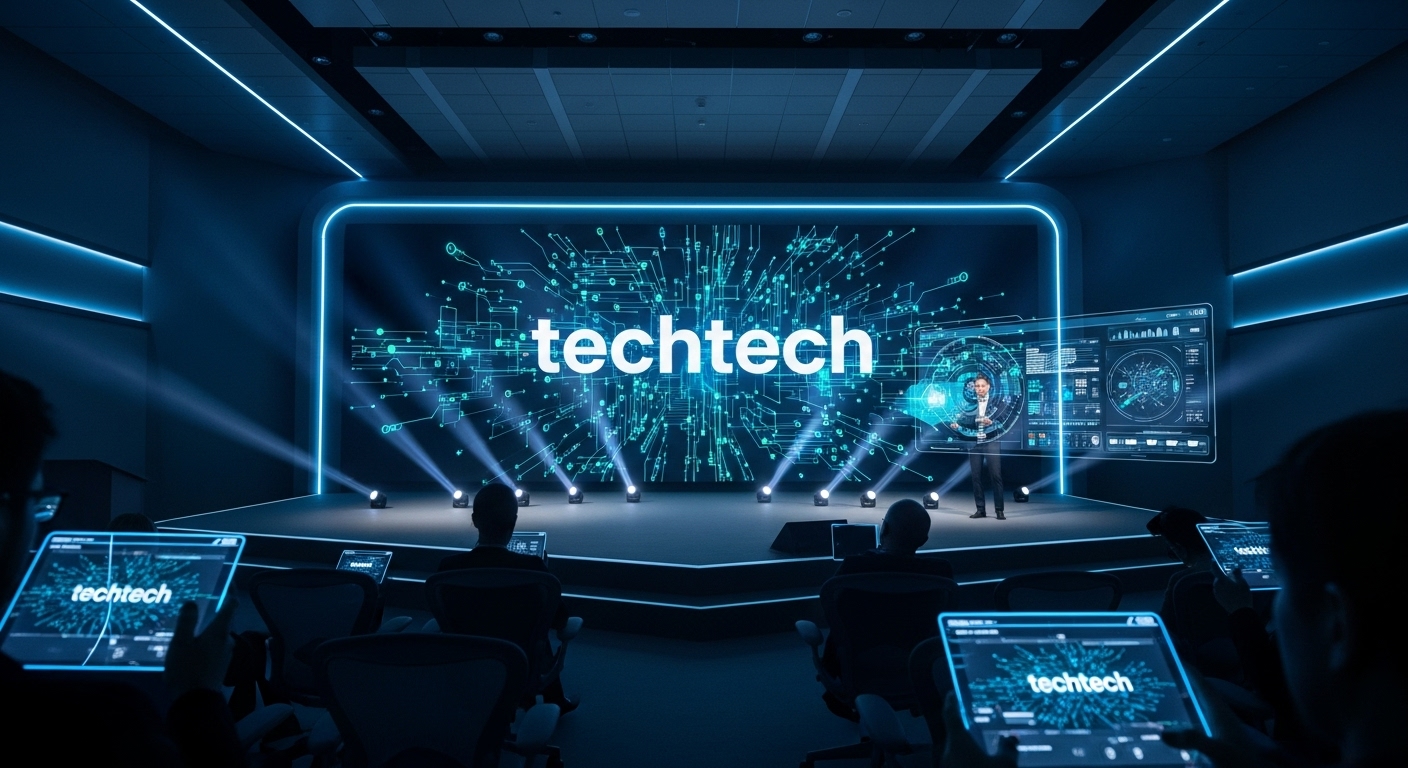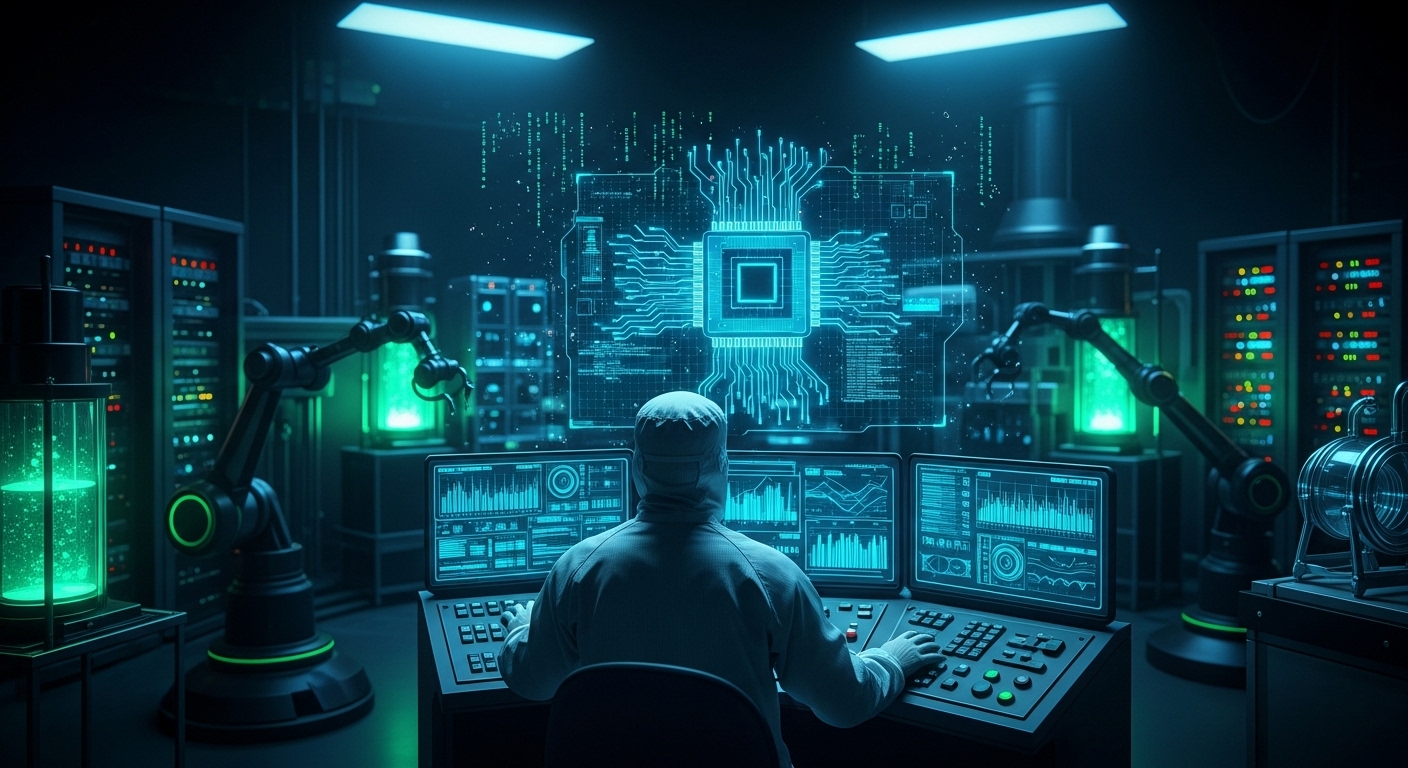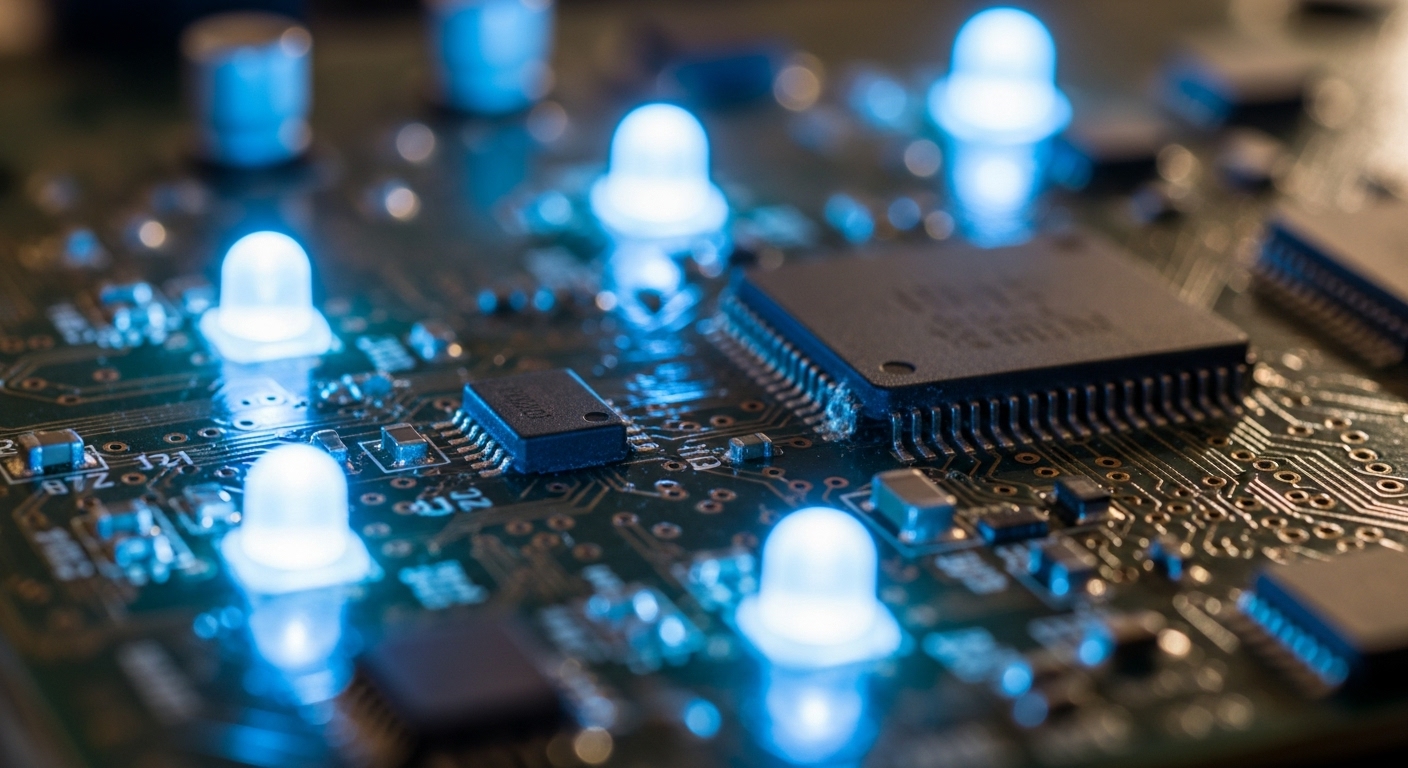Technology has always been a driving force behind human progress, but in recent years, we’ve entered an age where innovation is happening at an unprecedented pace. From breakthroughs in artificial intelligence (AI) to the rise of immersive experiences in virtual reality (VR) and augmented reality (AR), the future of technology promises to redefine nearly every aspect of our daily lives. As we stand on the brink of this new technological era, it’s fascinating to consider how these advancements will transform the world as we know it. In this blog post, we will explore the cutting-edge technologies that are shaping tomorrow’s world and the profound impact they will have on society.
Artificial Intelligence: The Brain of the Future
Artificial intelligence is no longer just a buzzword; it is the foundation of many technological breakthroughs. AI systems can already perform complex tasks—like diagnosing diseases, driving cars, and even composing music—at a speed and accuracy that surpasses human capability. But the true potential of AI lies in its ability to evolve. With machine learning, AI can improve itself over time by analyzing patterns in data, making decisions, and adapting to new situations.
In industries like healthcare, AI is transforming the way we diagnose and treat diseases. AI algorithms can analyze medical images, predict patient outcomes, and recommend treatments with unprecedented precision. In the automotive industry, autonomous vehicles powered by AI are slowly becoming a reality, promising to make roads safer and more efficient. The possibilities of AI seem endless, and as the technology becomes more sophisticated, it will likely revolutionize everything from customer service to creative fields, further enhancing our digital lives.
However, AI’s rapid advancement also raises important ethical questions. Issues like data privacy, algorithmic bias, and the role of AI in the workforce are topics that require serious consideration as we move forward with this technology.
Quantum Computing: Unlocking New Frontiers
While classical computers rely on bits (0s and 1s) to process information, quantum computers use qubits, which can exist in multiple states simultaneously. This unique characteristic allows quantum computers to perform complex calculations exponentially faster than traditional computers. Though still in its infancy, quantum computing holds immense potential to solve problems that are currently unsolvable, such as simulating molecular interactions or cracking advanced encryption codes.
In fields like drug discovery, quantum computing could dramatically accelerate the process of finding new treatments by simulating the behavior of molecules and predicting the effects of different compounds. In cybersecurity, quantum computing may pose a threat to current encryption methods, but it also holds the key to developing more secure encryption systems. While quantum computing is still a few years away from widespread use, its future applications are nothing short of revolutionary.
The Internet of Things: Connecting the World
The Internet of Things (IoT) is transforming how we interact with the world around us by embedding sensors and smart devices into everyday objects. From smart thermostats that learn your preferences to wearable fitness trackers that monitor your health in real-time, IoT is making our environments smarter, more efficient, and more interconnected.
In the home, IoT devices allow for remote control of lights, locks, and appliances, contributing to greater energy efficiency and convenience. On a larger scale, IoT is paving the way for smart cities, where traffic patterns, energy usage, and even waste management can be optimized using real-time data. In healthcare, IoT devices are being used to track patient vitals, administer medications, and even monitor chronic conditions, improving patient outcomes and reducing hospital readmissions.
As IoT devices become more widespread, the challenge will be ensuring their security. With billions of devices connected to the internet, vulnerabilities could pose significant risks to both privacy and safety. As we integrate IoT into more aspects of our lives, robust cybersecurity measures will be crucial to protect sensitive data and ensure the safety of connected devices.
Virtual and Augmented Reality: Blurring the Line Between the Real and the Imagined
Virtual reality (VR) and augmented reality (AR) are no longer just for gaming. These immersive technologies are rapidly expanding into fields like education, healthcare, retail, and even real estate. VR offers fully immersive experiences where users can interact with entirely digital environments, while AR overlays digital information onto the physical world, enhancing real-world experiences.
In education, VR can transport students to historical events or distant planets, providing interactive and engaging learning experiences. In healthcare, VR is being used for pain management, physical therapy, and even training medical professionals. AR, on the other hand, is transforming retail by allowing customers to visualize how products will look in their homes before making a purchase. AR also plays a key role in navigation, helping drivers and pedestrians alike by providing real-time, context-sensitive information.
As both VR and AR continue to evolve, their potential for changing industries and enhancing daily life is immense. We are moving toward a world where physical and digital experiences seamlessly blend, creating entirely new ways to work, learn, and interact.
Blockchain: Revolutionizing Trust and Security
Blockchain technology, best known for powering cryptocurrencies like Bitcoin, has far-reaching implications beyond digital currency. A blockchain is essentially a decentralized ledger that records transactions across a network of computers in a secure and transparent way. Its most significant advantage is its ability to ensure trust and transparency without the need for a central authority.
In finance, blockchain is already disrupting the way we send money, manage assets, and conduct transactions. Beyond financial applications, blockchain is being explored for everything from supply chain management to voting systems. Its ability to provide secure, tamper-proof records makes it an ideal solution for industries that require high levels of transparency and accountability.
As blockchain technology matures, we can expect to see it integrated into more aspects of our digital lives. However, challenges such as scalability and energy consumption will need to be addressed before blockchain can reach its full potential.
The Future of Work: Automation and Remote Collaboration
Technology is not only reshaping how we live; it is also transforming how we work. Automation, driven by AI and robotics, is increasingly taking over repetitive tasks in industries like manufacturing, logistics, and even customer service. While automation promises to increase efficiency and reduce costs, it also raises concerns about job displacement.
At the same time, technology is enabling a new era of remote work. Tools like video conferencing, collaborative software, and cloud computing have made it possible for people to work from anywhere in the world. This has led to more flexible work arrangements, allowing companies to tap into a global talent pool and employees to achieve a better work-life balance.
As technology continues to evolve, we can expect the workplace to become even more digitally connected. Virtual offices, powered by AR and VR, could become commonplace, allowing people to collaborate in shared digital spaces, regardless of their physical location. While these changes bring exciting possibilities, they will also require a shift in how we think about work, education, and the future of human labor.
Ethical Considerations in the Age of Innovation
As technology continues to evolve, it is important to consider the ethical implications of these advancements. From the potential for AI to reinforce societal biases to the environmental impact of tech production, we must carefully navigate the challenges that come with innovation.
For example, AI’s role in decision-making—whether in hiring, law enforcement, or healthcare—requires that we ensure fairness and transparency. Similarly, while technology offers significant benefits in healthcare and education, we must be mindful of the digital divide and ensure that these technologies are accessible to all, regardless of socioeconomic status.
Furthermore, with the proliferation of data, privacy concerns have become more pressing. How companies collect, store, and use personal data must be closely monitored to protect individual rights and maintain trust in digital systems.
Conclusion: Embracing the Future of Tech
The future of technology is filled with exciting possibilities, from AI-driven innovations to immersive VR experiences. These advancements will continue to shape the way we live, work, and interact with the world around us. As we move into this new era, it is crucial that we embrace these technologies while also addressing the ethical, social, and environmental challenges they bring.
The next decade will undoubtedly be one of transformation, where technology empowers us to solve some of the world’s most pressing problems while also pushing the boundaries of what is possible. The future is not just coming—it’s already here, and the opportunities it presents are limitless. By staying informed, adaptable, and responsible, we can harness the full potential of tomorrow’s technologies to create a better, more connected world.




